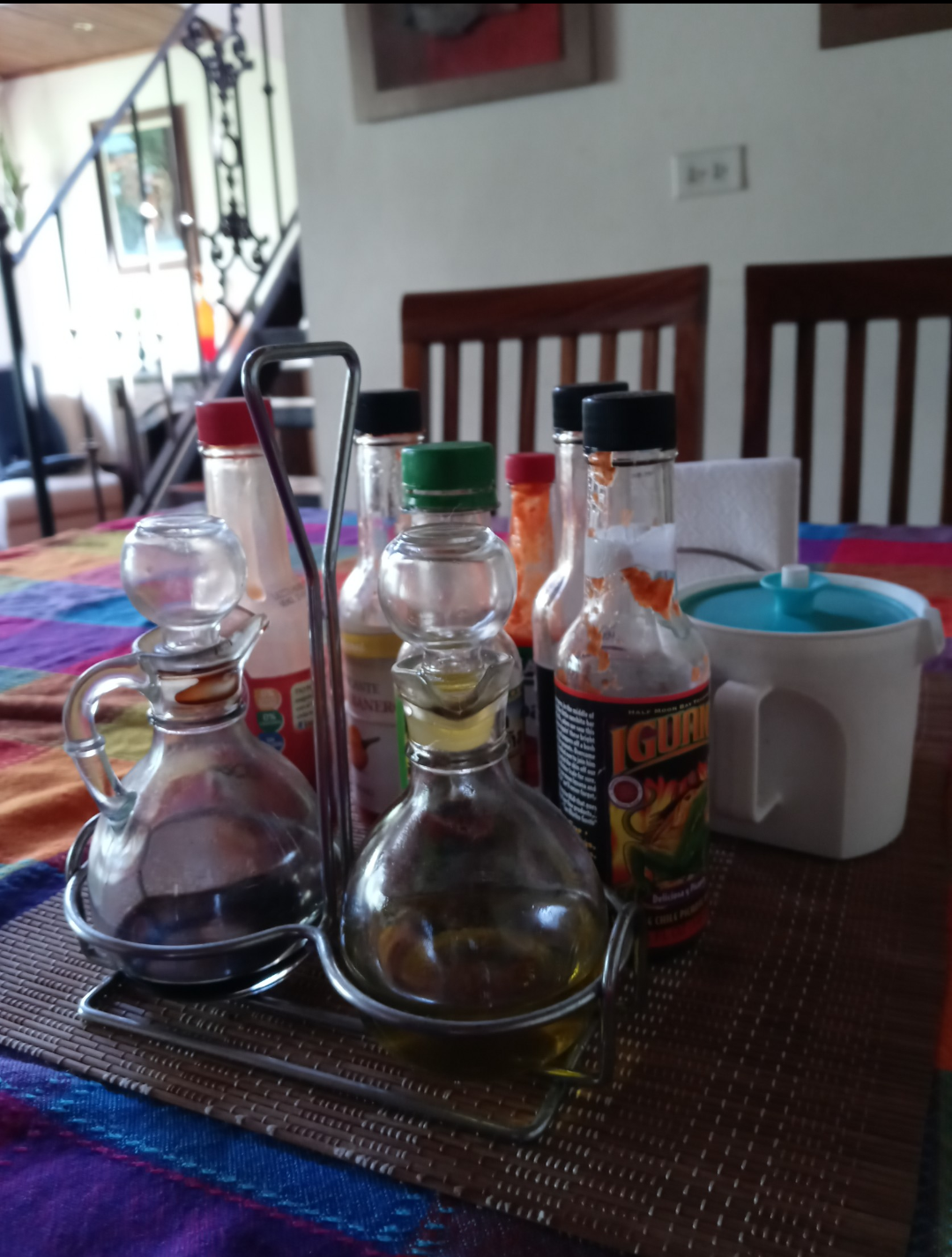
ADAPTING TO A NEW CULTURE: FOOD
A big part (the main part) about studying abroad is living in a brand new place surrounded by a new environment and culture. Your experiences while abroad will include many new situations that you will have to be willing to adapt to in order to not find yourself in a constant state of discomfort; That’s not to say that you won’t find discomfort, but having to get out of your comfort zone is a guarantee no matter where you go. Getting out of your comfort zone doesn’t necessarily mean that whatever you’re experiencing won’t be enjoyable, however it’s important to keep an open mind and to allow yourself to delve into the new culture that will be surrounding you for the few months that you will be away. Here are just a few things that I have come to learn about adapting to different situations, customs, and culture while abroad.
— COSTA RICAN FOOD AND MEAL CUSTOMS —
One of the first things I was introduced to upon arrival that fine January evening was Costa Rican cuisine, which is not entirely different to what I am used to at home, but is definitely unique to this small country. That first night I was greeted with arroz con pollo hot and ready on a giant plate. I am used to eating chicken and rice in many forms, but never before had I had them cooked together into a single dish – it was very tasty. Dishes here consist of a lot of cooked meats accompanied by rice and beans for almost every meal. I’ve yet to get tired of this food combination but for some this constant repetition can get tiring. In those cases, try to venture out when you can and don’t be afraid to go out and be adventurous with food.
Another thing that I’ve noticed about Costa Rican food is that it is very savory, but they don’t eat spicy-spicy. I had the wrong misconception that most Latin American countries enjoyed a good hot-tongue moment when eating, but that is not the case here. Even when eating in restaurants, unlike ones back in the states where hot sauce is offered or already present on a table, most restaurants here don’t have hot sauce in immediate sight, and some even charge for a dab or two on a plate. Fortunately, however, you can find hot sauces in stores, so as someone who appreciates a good burn while eating, I have gone out of the way to try a new bottle every so often – it has gotten to the point where we have a collection of hot sauces at home that keeps growing. Part of adapting here has been that of trying new hot sauces, but I think what I have come to enjoy the most is seeing my host family participating in my hunt for hot sauce.
In terms of eating, Costa Rica also has a lot of these tiny restaurant shops that they know as “sodas”. If compared to a restaurant, it is easy to see the distinction: restaurants are bigger, and busy while sodas tend to be on the smaller size with limited seating capacity. There is a certain charm to these sodas however, and you’ll never fail to come across one in San Jose. A common dish you can find at most sodas is a twist on their classic casado ensemble which consists of: rice, beans, meat, vegetables, and or salad – you can never go wrong with a good casado and is something you definitely want to try. Part of the culture I had to adapt to within these tiny soda shops is the lack of tipping, which is not common in Costa Rica; it isn’t necessarily seen as an offense, at least as far as I have seen, but gratuity is already included in the final price of your meal. I was fortunately told this before I got to venture into a soda, so I do recommend looking into this beforehand to avoid any unintended offense.
Lastly, when it comes to eating for meals, part of the culture is eating together, especially for breakfast and lunch, which is very different to what I am used to. As my host mom shared, either breakfast or lunch are when they have their biggest meals, rather than dinner. Part of this is because they frequent being at home together during these times, especially during breakfast where everyone is usually home before departing. Unfortunately, due to late night classes, our dinners tend to be very late as well, which is not a common occurrence as I have been told. Still, I have grown to enjoy this communal eating which is not too different to what I used to experience when living at home before college – having a cooked meal to come home to is very nice and is a simple routine adaptation that I appreciate.
Ultimately, in reflection, I think the main thing that has helped me with adapting to this new culture has been my willingness to try new things and also sharing about my own. Introducing each other to new things like dishes, and sharing customs makes the process of adapting much easier to navigate.
Image 1: Hotsauce collection
Image 2: Árbol de Seda restaurant

